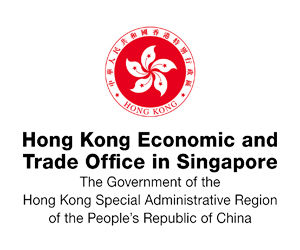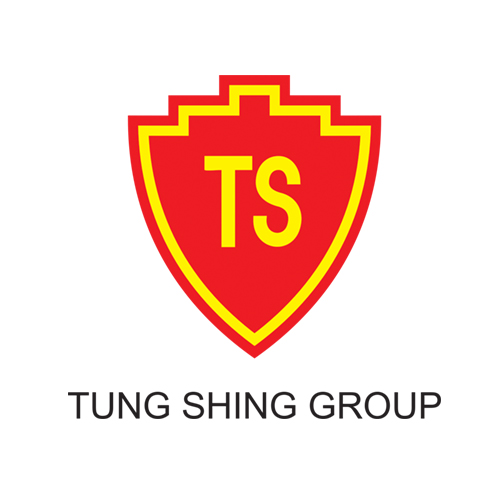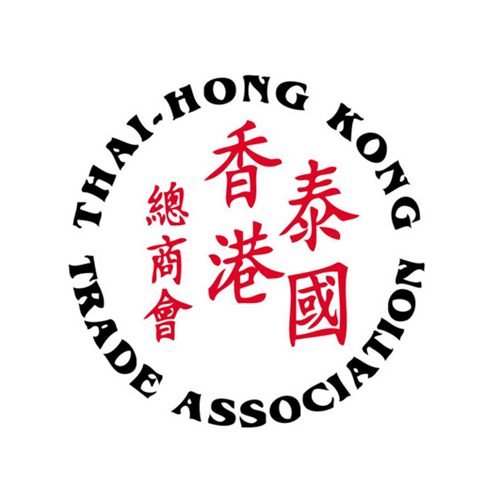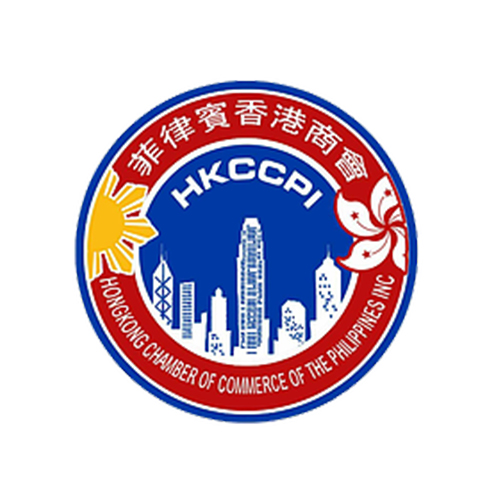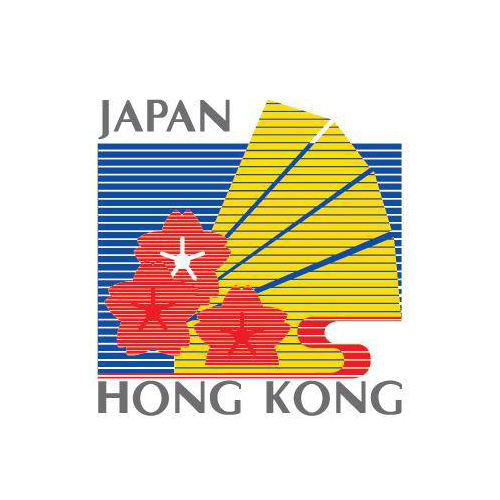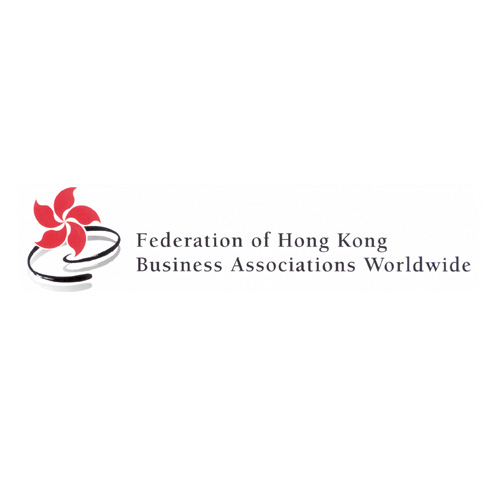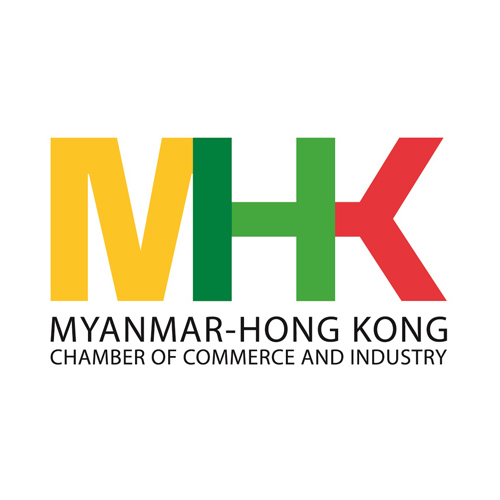Want to be in the loop?
subscribe to
our notification
Business News
EXPORTERS SPEED UP DIVERSE STRATEGIES
Vietnamese manufacturing enterprises are capitalising on pivotal opportunities to chart methodical, long-term growth strategies across both traditional and emerging markets.
At the government’s regular monthly meeting on May 6, Minister of Finance Nguyen Van Thang acknowledged that the current US path towards retaliatory export tariffs caught most economies off guard and immediately impacted global investor and business sentiment.
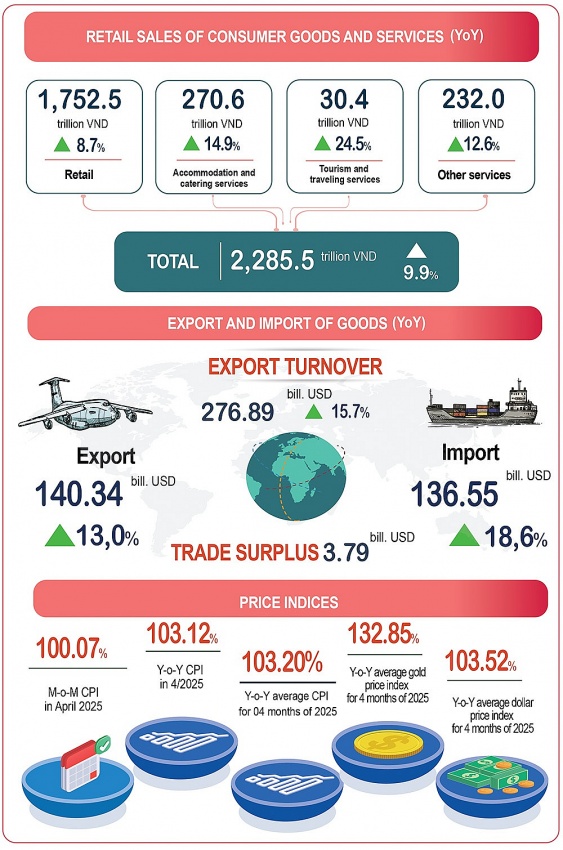
“However, Vietnam has been far from passive. We responded proactively and early,” Minister Thang said, highlighting that Vietnam engaged in effective diplomatic outreach across all levels that helped secure Vietnam’s position among economies that were granted priority in upcoming tariff negotiations. The first round was set for May 7.
According to the National Statistics Office (NSO), April export turnover hit $37.45 billion, up 19.8 per cent on-year, contributing to a cumulative total of $140.34 billion for the first four months of 2025, up 13 per cent from the same period last year. Seafood exports reached $3.21 billion, accounting for 2.3 per cent of total export value.
Among Vietnam’s most responsive sectors is seafood. Exporters are moving swiftly to fulfil orders ahead of the July 9 tariff enforcement deadline from the US. Le Hang, deputy secretary general of the Vietnam Association of Seafood Exporters and Producers (VASEP), forecast a 10-15 per cent surge in exports to the US in May and June, thanks to last-minute deals and price adjustments.
Nguyen Ngo Vi Tam, CEO of basa fish exporter Vinh Hoan Corporation, confirmed robust second quarter exports. “We are neither overly optimistic nor pessimistic,” Tam told VIR. “We are committed to the US market, but we remain realistic. The real test will be how American consumers respond to price changes. Any tariff level will take time to reflect its full impact. Importers and consumers may eventually push back if costs rise significantly.”
Tam also noted that while the US remains a priority, the company is ensuring stable supply to other strategic markets. “We are not placing all our eggs in one basket. The strength of our operations lies in our flexibility,” she added.
In the textile sector, TNG Investment and Trading is showing similar agility. The company has secured US orders through August and EU contracts through October, with ongoing negotiations for additional year-end contracts. “We are working closely with long-term clients who understand the challenges. Trust and transparency are key during this phase,” a senior TNG executive said at the company’s AGM.
TNG is also transitioning to more complex, higher-value garments to offset the impact of lower volumes. “Our buyers are currently absorbing the 10 per cent tariff hike to maintain retail stability. But if rates increase further, pricing pressure will likely cascade down the supply chain,” the executive said. “We are staying grounded and proactive.”
The company is also strengthening footprints in free trade deals that link markets such as Canada, Mexico, the EU, and Russia to reduce its reliance on the US. As of April, US-bound orders accounted for only 26 per cent of TNG’s signed contracts, compared to 38 per cent in 2024.
At Song Hong Garment JSC, where the US accounts for 80 per cent of total export revenue, the mood is measured. “We’ve confirmed orders until August. No cancellations so far, but Q4 remains unclear. Many large global brands are still finalising their sourcing plans,” said chairman Bui Duc Thinh.
In response, the company is accelerating delivery timelines and shifting focus to premium brands with strong resilience. “Vietnam is gaining ground as an alternative sourcing destination, especially amid the transition away from China. But we’re also aware of the stiff competition from India and Bangladesh,” Thinh said.
Song Hong is also considering investments in domestic fabric production to reduce dependency on imported raw materials. “We are working with suppliers and importers to distribute risk. Even if contracts place the tax burden on importers, we believe shared sacrifice is essential for partnerships,” he added.
Seafood exporters, too, remain cautious despite strong April figures. VASEP reported that monthly exports reached $850 million, contributing to a four-month total of $3.3 billion, up 21 per cent on-year. However, the association warned of inconsistencies across product lines and markets, exacerbated by shifting US policies.
The Ministry of Agriculture and Environment projected that seafood exports could reach $10.5 billion in 2025, but only if businesses continue to adapt, diversify, and move up the value chain. “We’re seeing positive signals, but this year will test the resilience and creativity of our exporters,” VASEP noted.
Meanwhile, Vietnam’s trade balance remains favourable. April’s surplus reached $580 million, bringing the year-to-date figure to $3.79 billion. Domestic enterprises contributed $40.74 billion in exports (up 18.1 per cent), while foreign-invested firms delivered $99.6 billion (up 11 per cent) according to the NSO.
Source: VIR
Related News
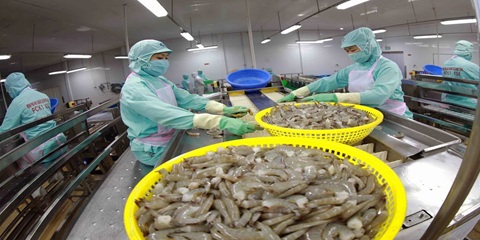
VIETNAM’S SEAFOOD EXPORTS HIT OVER US$10 BILLION IN JAN-NOV
Seafood export revenue in November alone amounted to nearly US$990 million, up 6.6% year-on-year. Key product groups posted solid gains. Shrimp exports rose 11.7% to over US$385 million, supported by strong demand for whiteleg shrimp and lobster. Tra fish shipments increased 9.7% to almost US$197 million, while marine fish, squid, and mollusk exports maintained their recovery.
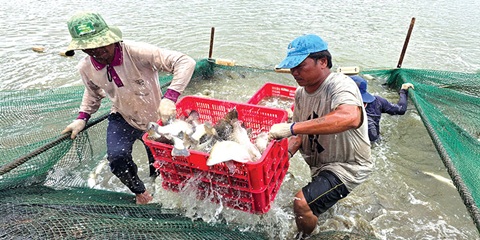
VIETNAM’S AGRO-FORESTRY-FISHERY EXPORTS HIT NEW RECORD IN JAN-NOV
Vietnam’s agro-forestry-fishery export revenue reached an estimated US$64.01 billion in the first 11 months of 2025, up 12.6% year-on-year and surpassing the full-year record of US$62.4 billion set in 2024. Agricultural exports reached US$34.24 billion, up 15% year-on-year, while livestock products brought in US$567.4 million, a 16.8% increase. Seafood exports rose 13.2% to US$10.38 billion, and forestry products earned US$16.61 billion, up 5.9%.

HANOI REPORTS RECORD-HIGH BUDGET REVENUE IN 2025
Hanoi’s budget revenue is estimated to reach VND641.7 trillion in 2025, the highest level ever recorded and nearly 25% above the revised target, according to a report by the municipal government. Data from the city’s socioeconomic performance review shows that total state budget collections in 2025 are projected to reach 124.9% of the adjusted plan and rise 24.9% from 2024, the Vietnam News Agency reported.
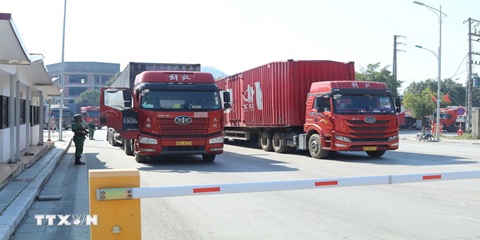
VIETNAM, CHINA TO PILOT TWO-WAY CARGO TRANSPORT AT LANG SON BORDER
Vietnam and China will launch a one-year pilot program on December 10 to allow two-way cargo transport through the Huu Nghi–Youyi Guan international border gates in Lang Son Province, reported the Vietnam News Agency. The Dong Dang-Lang Son Economic Zone Management Board said the trial aims to reduce transport costs and improve customs clearance capacity.
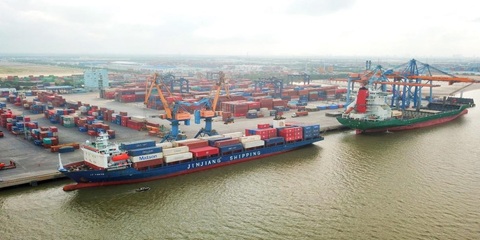
VIETNAM’S IMPORT-EXPORT VALUE NEARS US$840 BILLION IN JAN-NOV
The total value of Vietnam’s imports and exports was nearly US$840 billion between January and November this year, the highest level ever recorded, according to the National Statistics Office. In its latest report on the country’s socio-economic performance, the National Statistics Office highlighted a series of positive economic indicators, with trade emerging as one of the strongest drivers of growth.

OVER 19 MILLION INTERNATIONAL VISITORS COME TO VIETNAM IN JAN-NOV
Vietnam received more than 19.1 million international visitors in the first 11 months of 2025, a 20.9% increase year-on-year and the highest level ever recorded, according to the National Statistics Office. The figure surpasses the full-year record of 18 million arrivals set in 2019, before the Covid-19 pandemic. Nearly two million foreign visitors arrived in November alone, up 14.2% from October and 15.6% from the same period last year.
